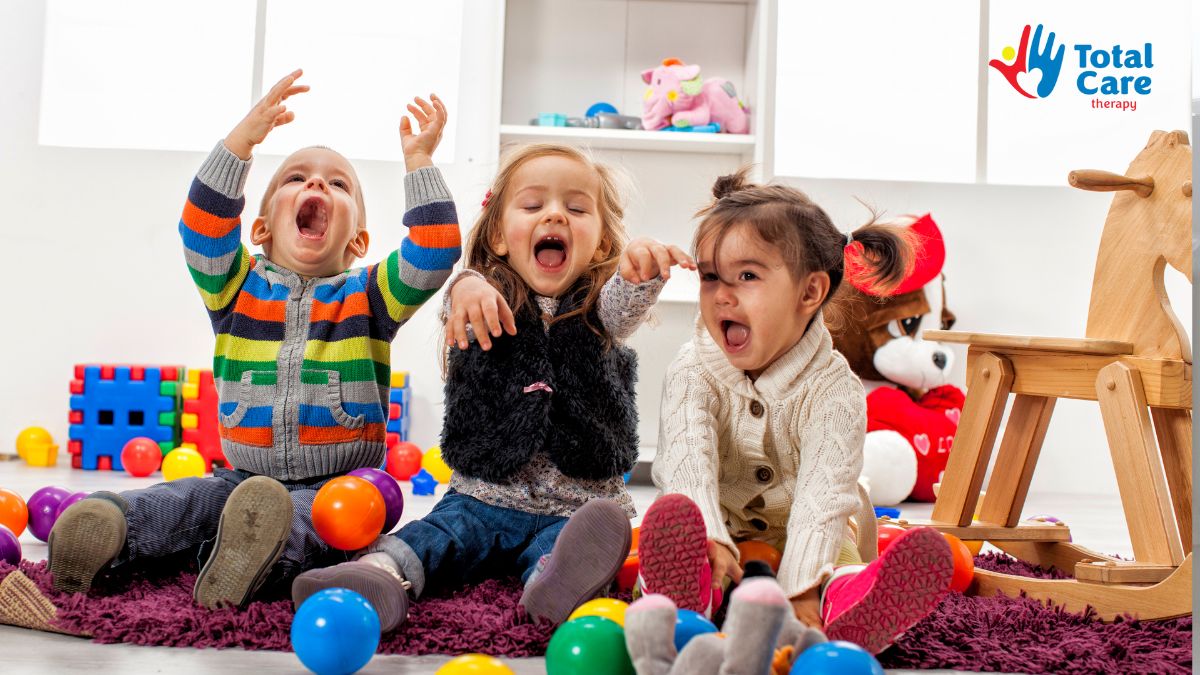Supporting Autistic Individuals in Self-Care Practices
Empowering Autistic Individuals Through Self-Care Support Strategies

Understanding the Importance of Self-Care for Autistic Independence
Supporting self-care in autistic individuals is vital for fostering independence, emotional resilience, and overall well-being. This comprehensive approach involves tailored strategies, professional support, and resource integration, all aimed at helping individuals manage daily tasks and develop life skills that promote autonomy across various life domains.
The Significance of Self-Care in Autistic Well-Being
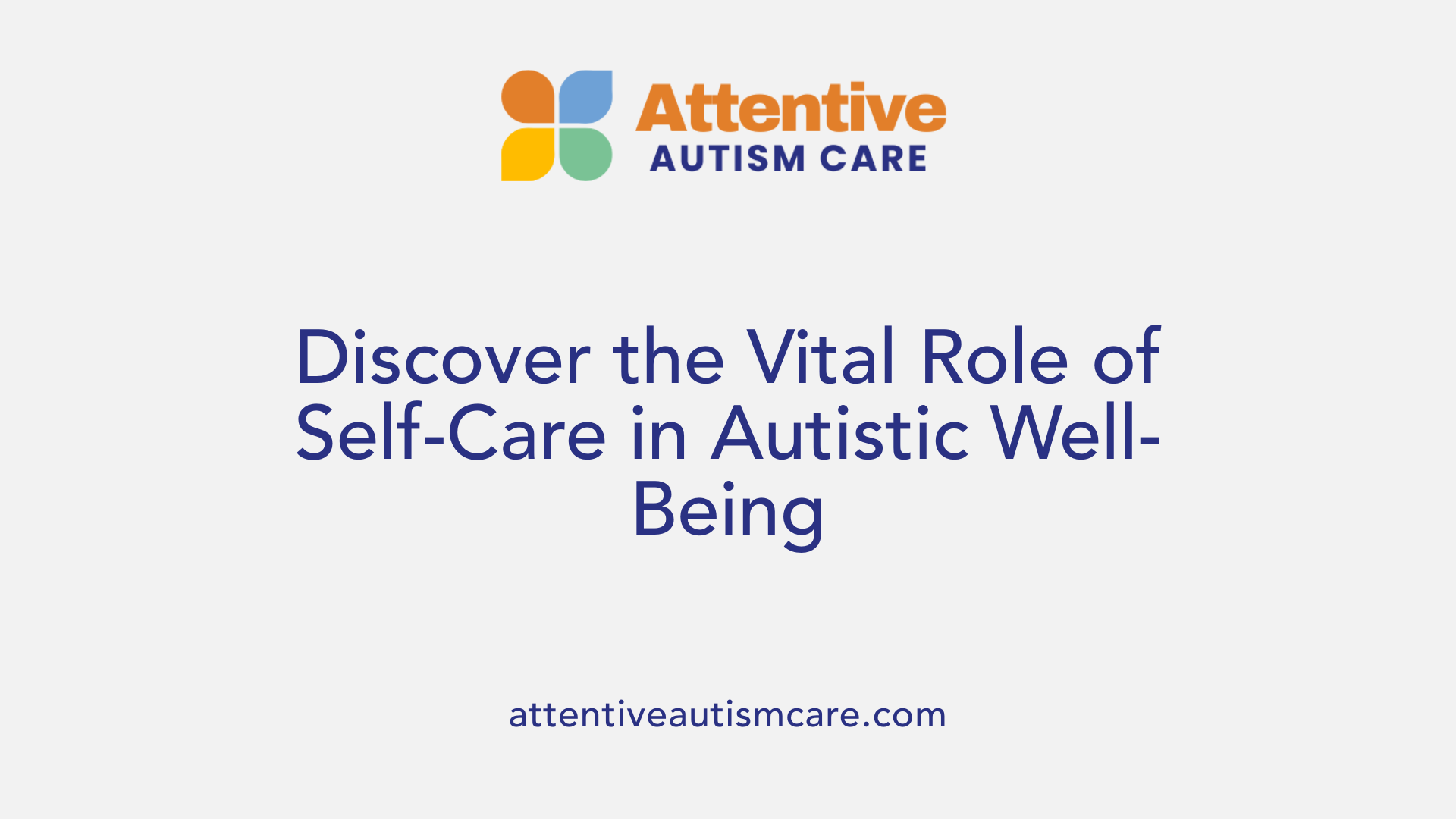
Why is supporting self-care important for autistic independence and well-being?
Supporting self-care plays a vital role in helping autistic individuals achieve greater independence and overall well-being. When individuals learn and regularly practice fundamental self-care tasks such as personal hygiene, dressing, and household chores, they develop skills that promote autonomy. This foundation not only boosts confidence and self-esteem but also reduces their dependence on caregivers.
Establishing routines around activities like brushing teeth, washing, and preparing simple meals can alleviate anxiety and foster emotional regulation. Using visual supports such as checklists and step-by-step guides makes these routines more accessible, especially for those with communication or social challenges. Practice in natural environments—like kitchens or bathrooms—ensures these skills transfer effectively to everyday life.
Teaching self-care early in life, and systematically doing so through adolescence and adulthood, prepares autistic individuals for the demands of independent living. It encourages resilience and self-determination, enabling them to better manage sensory sensitivities and emotional health.
Maintaining self-care routines is especially significant for adults, helping mitigate stress and sensory overload while supporting physical and emotional health. These routines contribute not only to personal well-being but also to long-term stability, independence, and overall life satisfaction.
Addressing Common Self-Care Challenges
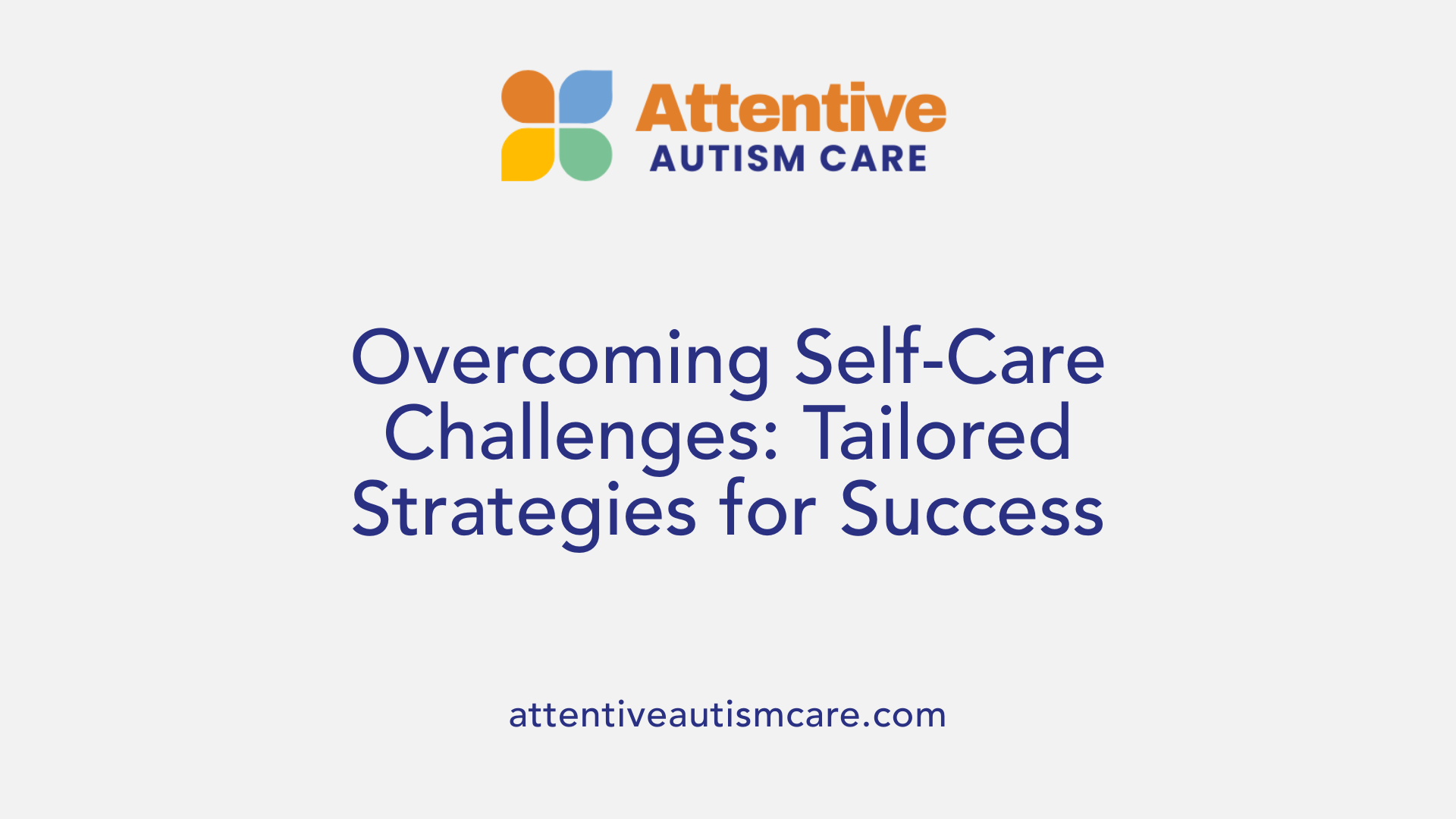
What are common self-care challenges faced by autistic individuals?
Autistic individuals often encounter various challenges when it comes to self-care, stemming from sensory sensitivities, communication barriers, executive functioning differences, motor planning struggles, emotional regulation issues, and systemic obstacles.
Sensory sensitivities, such as heightened responses to textures, sounds, or smells, can cause overload, making routines like bathing, dressing, or grooming distressing. Communication difficulties may hinder expressing or understanding needs related to self-care activities.
Executive functioning differences, including problems with planning, organizing, and initiating tasks, complicate activities like managing a multi-step grooming routine or household chores. Motor planning issues can affect the ability to execute movements smoothly, impacting activities such as brushing teeth or applying skincare.
Emotional regulation challenges might lead to heightened anxiety or meltdowns during self-care tasks, especially if routines are altered unexpectedly.
Furthermore, systemic issues like insufficient instruction on generalization—applying learned skills across different environments—and lack of structured support can hinder independence development. Pubertal hormonal changes increase the importance of hygiene routines, requiring additional support.
To effectively address these challenges, personalized interventions, early support, consistent routines, and awareness of systemic barriers are essential. Tailoring strategies to individual needs and providing appropriate tools—like visual schedules, sensory supports, and social stories—can significantly improve self-care practices.
How can sensory sensitivities affect self-care routines?
Sensory sensitivities can make even simple activities like washing, grooming, or dressing uncomfortable or overwhelming. For instance, textures from shampoos or clothes might evoke discomfort, while strong smells from soaps or deodorants can cause distress.
Sensory overload from loud noises, bright lights, or scents may increase anxiety during routines like bathing or haircuts. Such sensitivities often lead to resistance, avoidance, or distress, challenging the consistency needed for good self-care.
To mitigate these issues, keeping a sensory record helps identify specific triggers. Based on this information, caregivers can select sensory-friendly products, such as mild-smelling shampoo or soft fabrics, and incorporate calming stimuli like gentle music or dim lighting.
Adjustments like gradual exposure, visual supports, and routine modifications help create more comfortable self-care experiences. Recognizing and respecting sensory preferences encourages ongoing engagement in routines, fostering independence and emotional regulation.
| Challenge | Sensory Impact | Support Strategies |
|---|---|---|
| Discomfort during bathing | Texture sensitivities to water or products | Use sensory-friendly shampoos, temperature checks, gradual introduction |
| Overload from smells | Strong deodorants, soaps | Choose unscented or mild-scented products |
| Anxiety from loud noises | Hairdryers, water running | Use quieter tools, incorporate calming sounds |
| Dislike of certain textures | Clothing, towels | Offer soft, seamless garments, let individual choose |
Understanding these sensory influences allows caregivers and individuals to develop routines that are less distressing and more sustainable. Ongoing assessment and adaptation are crucial for success.
Supporting Development through Life Skills Instruction
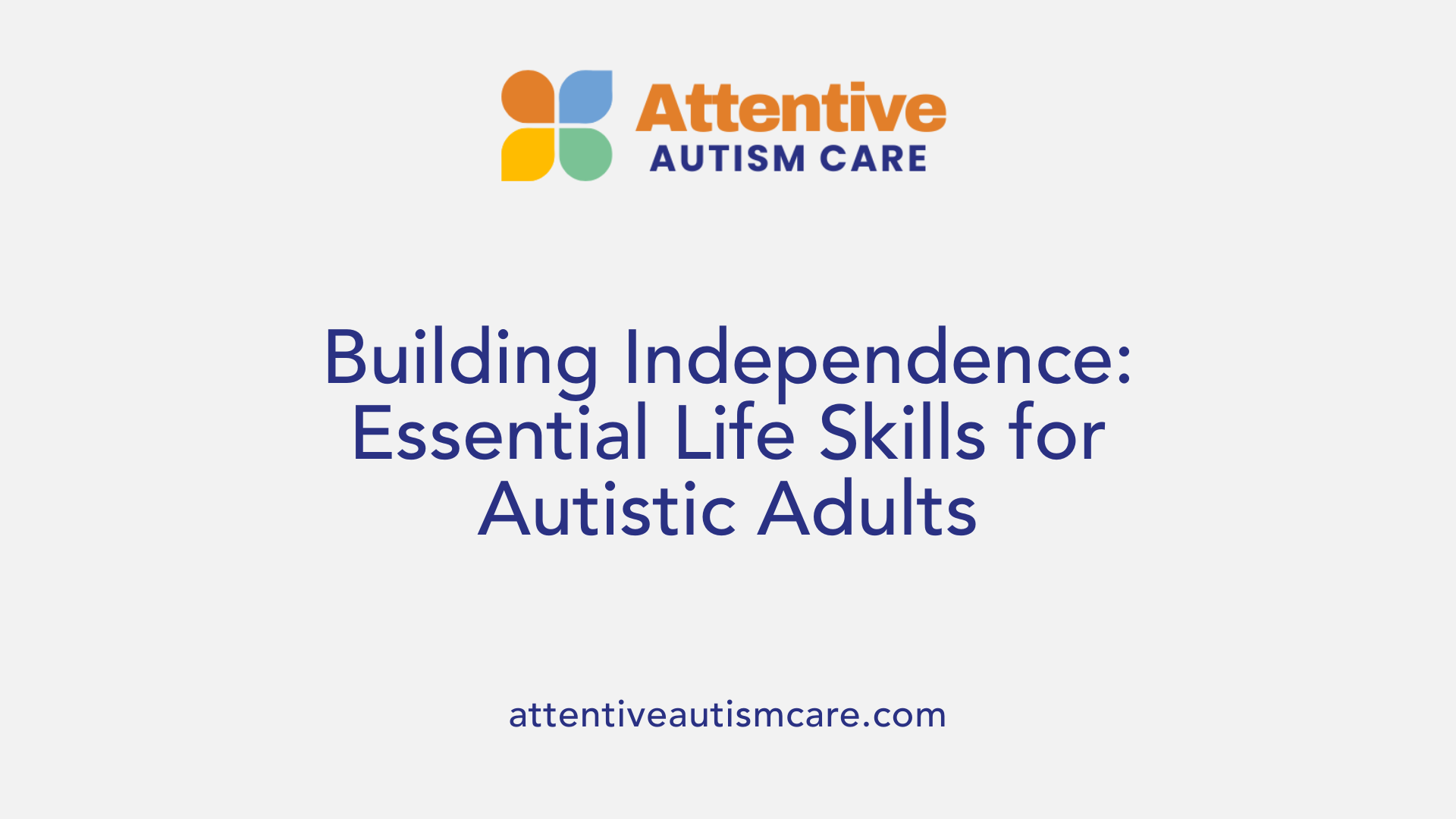
Why are life skills important for autistic independence?
Learning essential life skills is vital for fostering independence among autistic individuals. These skills help them navigate daily activities such as personal hygiene, cooking, managing money, and using public transportation. By acquiring these skills, autistic adults can participate more confidently and safely in their communities and homes.
Starting early, skills development should be gradual and supported by regular practice in real-life settings. This approach ensures that skills are not only learned but also maintained and generalized across different environments. Consistent reinforcement builds confidence, reduces reliance on caregivers, and promotes a sense of autonomy.
Focusing on categories like health and safety, social skills, self-determination, and community participation prepares autistic individuals for a successful transition into adulthood. Overall, mastering life skills enhances quality of life and supports lifelong independence.
What are the different categories of essential skills?
The scope of life skills spans multiple areas crucial for daily living:
- Health and Safety: Skills like personal hygiene, understanding safety rules, and recognizing dangerous situations.
- Self-Determination and Advocacy: Making choices, setting goals, and advocating for oneself.
- Socialization: Building relationships, communication skills, and interpreting social cues.
- Community Participation: Navigating public spaces, using transportation, and engaging in community activities.
- Home Living Skills: Cooking, cleaning, organizing, and managing household chores.
- Money Management: Budgeting, shopping, and managing personal finances.
- Leisure and Recreation: Engaging in hobbies and recreational activities.
- Vocational Skills: Preparing for employment, workplace communication, and job maintenance.
Teaching these categories equips autistic individuals with the tools to live independently and confidently.
How do skills develop from childhood to adulthood?
Developing life skills is a gradual process beginning in childhood. Early interventions and instruction focus on foundational skills such as self-care, simple chores, and basic communication.
As children grow, instruction becomes more complex, incorporating tasks like cooking, budgeting, and navigating social situations. Real-world practice in natural environments enhances learning and retention.
During adolescence and into adulthood, skills become more sophisticated. Training emphasizes independence, self-advocacy, and employment readiness.
Ongoing assessment and personalized instruction are crucial. Visual supports like checklists and task analysis help individuals follow multi-step routines. Moreover, involving family members and caregivers in training supports consistency and success.
In summary, building independence through life skills is an evolving process that requires patience, tailored strategies, and continuous support to ensure skills are meaningful and sustainable.
Strategies for Teaching Self-Care Skills Effectively
What are specific approaches recommended for teaching self-care to autistic individuals?
There are well-established instructional practices tailored to support autistic individuals in developing essential self-care skills. Evidence-based techniques such as applied behavior analysis (ABA) form the foundation of many intervention programs. These methods include breaking down complex tasks into smaller, manageable steps through task analysis, which ensures each component of a activity like dressing or grooming is explicitly taught.
Prompting strategies—such as physical, gestural, or verbal cues—guide the individual through steps, with reinforcement used to encourage correct performance. Chaining methods, either forward or backward, are employed to link individual actions into complete routines.
Additionally, visual supports like schedules, checklists, and social stories play an important role. These aids help clarify expectations and provide concrete references, making complex or multi-step activities easier to understand and remember. Natural environment teaching and customizing plans for each individual ensure skills are generalized across different settings and maintained over time.
Data collection and ongoing assessment help refine teaching strategies and track progress. Incorporating self-management approaches—teaching individuals to independently monitor and record their behaviors—also boosts independence and confidence.
How can visual supports aid in teaching self-care?
Visual supports are powerful tools in self-care education. Checklists, picture symbols, and step-by-step lists serve as visual cues that facilitate understanding and recall.
For autistic individuals who may struggle with verbal instructions or organizational challenges, these visuals reduce uncertainty and promote autonomy.
Checklists outline the sequence of tasks, enabling individuals to follow a routine without continuous supervision. Picture symbols convey each step through simple images, making it easier to comprehend activities like brushing teeth or washing hands.
Step-by-step lists turn verbal directions into visual prompts, supporting memory retention and task completion. When integrated into daily routines, visual supports help foster consistency, build confidence, and develop self-efficacy.
In summary, combining visual supports with ABA techniques creates a structured, encouraging environment conducive for learning self-care skills effectively. By providing clear, accessible cues, autistic individuals can develop greater independence and self-management in their daily lives.
| Teaching Method | Description | Benefits |
|---|---|---|
| Task Analysis | Breaking skill into smaller steps, teaching each sequentially | Clarity, manageable learning steps |
| Prompting | Using cues to guide performance, gradually fading prompts over time | Support during learning, fostering independence |
| Reinforcement | Rewarding correct behaviors to increase likelihood of repetition | Motivation, positive association |
| Visual Supports | Using pictures, checklists, or written instructions to clarify steps | Reduces confusion, enhances memory and sequencing |
| Data Collection | Tracking progress to inform instruction adjustments | Ensures skill generalization and maintenance |
Effective teaching combines these strategies tailored to each learner's needs. Careful assessment and flexibility lead to successful self-care skill acquisition.
The Role of Professional Support and Resources
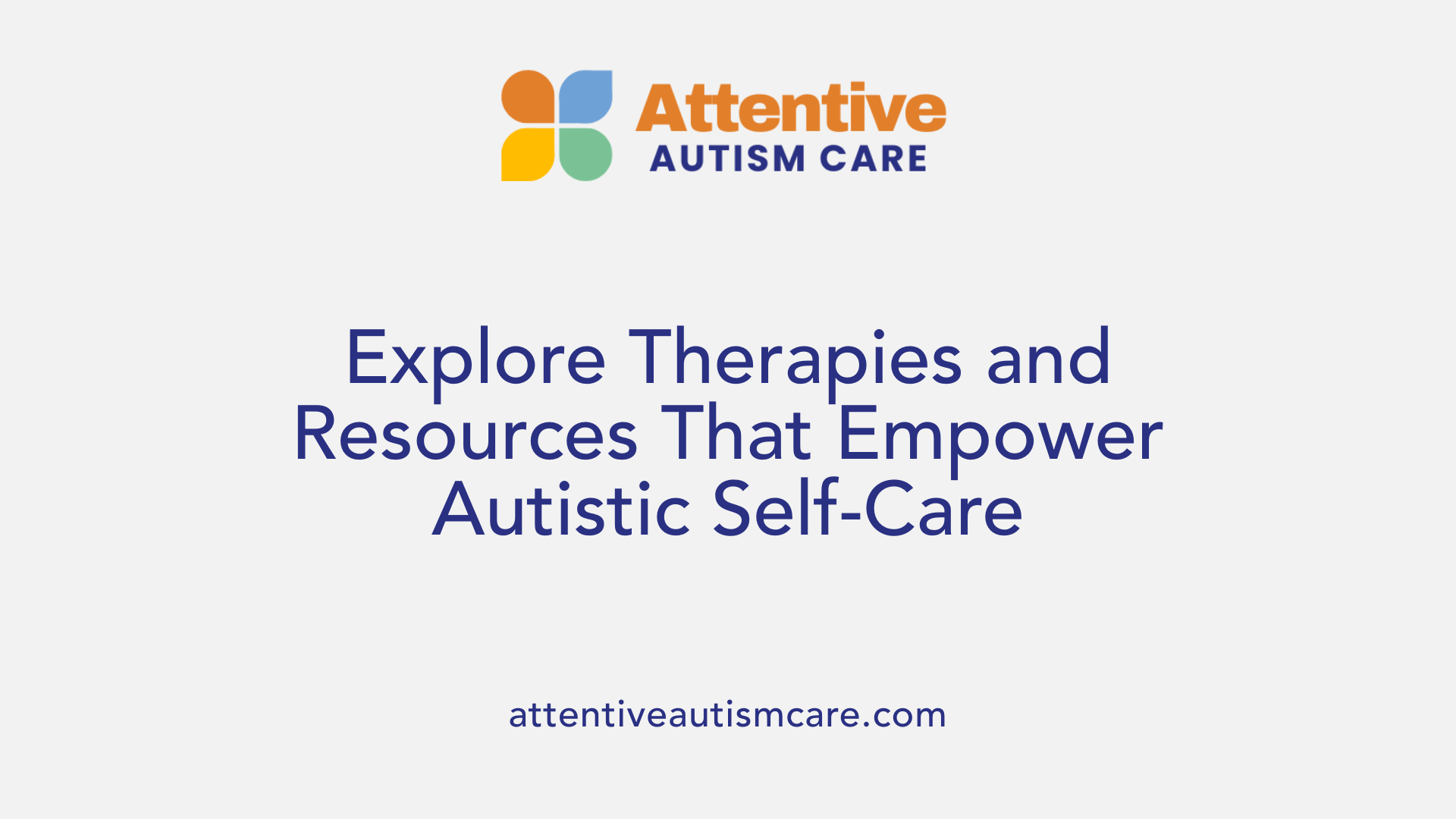
What resources and therapies, such as ABA, can support self-care development in autistic individuals?
Resources and therapies that aid self-care skills in autistic individuals encompass a broad spectrum of behavioral, developmental, educational, and sensory-focused approaches. Applied Behavior Analysis (ABA) remains a central method, with techniques such as discrete trial training (DTT) and pivotal response training (PRT) systematically teaching essential skills like dressing, grooming, and feeding. These approaches use reinforcement strategies to encourage learning and consistency.
Beyond ABA, developmental therapies like speech and language therapy, occupational therapy, and sensory integration treatments play pivotal roles. These interventions target improving communication abilities, sensory regulation, and daily living skills necessary for increasing independence. Visual tools—such as schedules, checklists, and social stories—are instrumental, helping individuals understand and sequence daily activities.
Assistive technology further supports these efforts by providing adaptive devices and applications that facilitate routine adherence and skill practice in natural settings. Additionally, supplementary therapies like art, music, and animal-assisted therapy contribute to sensory integration and emotional regulation, supplementing core self-care training.
Are there specific approaches recommended for teaching self-care to autistic individuals?
Teaching self-care requires specific, evidence-based strategies. ABA techniques are highly recommended, incorporating task analysis to divide activities into small, manageable steps. Chaining methods—forward chaining and backward chaining—are used to teach sequences such as brushing teeth or dressing.
Visual supports are crucial in helping individuals understand and remember steps. These include checklists, picture symbols, and social stories which provide visual cues and structure. Natural environment training ensures skills are generalized beyond clinical or teaching settings, allowing for real-world application.
Self-management strategies empower individuals to monitor and record their behaviors, with reinforcement for successful task completion. Tailoring instructional approaches to each person’s unique needs and preferences enhances learning and fosters independence.
How can therapy and resources be integrated to improve self-care in autistic individuals?
Integrating therapy and resources involves combining evidence-based interventions with practical tools. Virtual therapy services from organizations like Prosper Health offer tailored support, including therapies such as CBT (Cognitive Behavioral Therapy), DBT (Dialectical Behavior Therapy), ACT (Acceptance and Commitment Therapy), and mindfulness-based approaches. These therapies enhance emotional resilience, stress management, and overall mental health.
Simultaneously, the use of visual schedules, social stories, and assistive devices supports the practical application of learned skills. Sensory integration strategies provided by occupational therapists can help regulate sensory sensitivities that may interfere with self-care routines.
Caregiver involvement is essential; through ongoing education, training, and resource sharing, they can ensure consistent practice and reinforcement across different environments. This comprehensive approach helps promote autonomy, emotional well-being, and effective self-care habits, ultimately leading to improved quality of life for autistic individuals.
| Resources & Therapies | Description | Additional Details |
|---|---|---|
| ABA (Applied Behavior Analysis) | Systematic teaching of self-care skills using reinforcement | Includes DTT, PRT, task analysis, chaining |
| Sensory-Based Therapies | Focus on sensory regulation and integration | Occupational therapy, sensory diets |
| Speech & Language Therapy | Enhancing communication for self-care | Use of augmentative communication tools |
| Visual Supports | Tools for understanding and sequencing activities | Checklists, social stories, picture symbols |
| Assistive Technology | Devices and apps supporting routines | Adaptive devices, scheduling apps |
| Virtual Therapy Providers | Online services tailored for autistic adults | Prosper Health, evidence-based therapies |
| Complementary Therapies | Art, music, animal-assisted therapies | Improve sensory integration & emotional well-being |
This integrated approach, utilizing a blend of therapeutic techniques and practical supports, aims to foster greater independence and emotional health, ensuring autistic individuals build effective self-care routines suited to their unique needs.
Fostering Independence through Personalized Routines and Teaching Techniques
How can routines be tailored to meet individual needs?
Creating routines that are personalized to each autistic person is fundamental for fostering independence. These routines should reflect their unique sensory preferences, interests, and daily challenges. For example, incorporating preferred sensory items like weighted blankets or calming visual supports can help reduce anxiety, making routines more accessible.
Routine development should start with assessing current skills and challenges. Visual schedules, checklists, and step-by-step guides can support memory and organization, especially for those facing organizational difficulties. Importantly, routines should be flexible enough to adapt to changes in the individual’s environment or preferences, ensuring ongoing relevance and effectiveness.
By focusing on what works best for each person in their natural settings—home, community, or school—these routines foster consistency and reduce anxiety, empowering autistic individuals to become more self-reliant.
Supporting Caregivers’ Wellbeing and System Resources
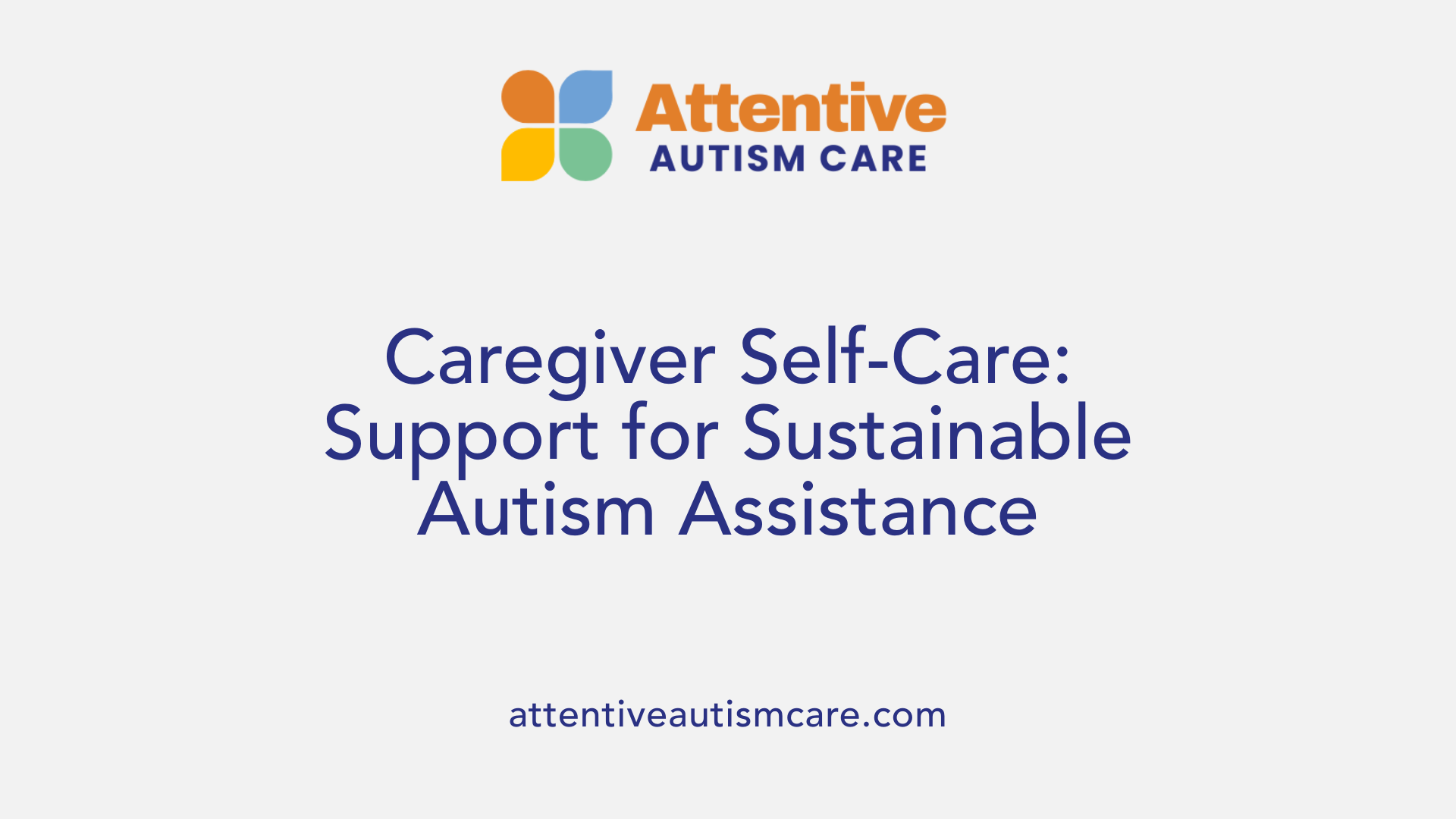
Why is caregiver self-care vital for supporting autistic individuals?
Caregivers play a crucial role in the development and well-being of autistic people. Their ability to provide consistent support depends heavily on their own mental, emotional, and physical health. Practicing self-care allows caregivers to manage stress effectively and prevent burnout, which can impede their capacity to provide effective assistance.
Engaging in activities such as taking regular breaks, using mindfulness apps, listening to music, or enjoying leisure pursuits helps caregivers replenish their energy reserves. When caregivers prioritize their well-being, they maintain resilience, patience, and positivity—qualities that are essential for supporting learning and growth.
Moreover, by modeling healthy habits and self-respect, caregivers foster a supportive environment that encourages independence and confidence in autistic individuals. They also demonstrate the importance of self-maintenance, which can serve as an educational example for those they support.
Ultimately, caregiver self-care is not just beneficial for the caregiver but also directly impacts the quality of support provided, ensuring consistent, empathetic, and effective assistance that promotes the lasting well-being of autistic individuals.
Fostering a Respectful and Informed Approach to Autism Support
Why is engaging respectfully with autistic individuals important?
Engaging respectfully with autistic individuals is fundamental to providing effective support and building trust. It involves actively listening to their experiences, preferences, and testimonies, recognizing autism as a broad and diverse spectrum. Respectful engagement helps caregivers and professionals better understand each person’s unique sensory, communication, and emotional needs. This understanding enables the development of tailored strategies that promote autonomy, comfort, and self-advocacy.
Incorporating autistic voices into planning and intervention processes ensures that support respects individual choices and strengths. Such an approach not only fosters a sense of empowerment but also results in more effective and meaningful support. When individuals feel heard and valued, they are more likely to participate actively in their own development, leading to improved outcomes and a higher quality of life.
How can understanding individual differences improve self-care support?
Recognizing and respecting individual differences is crucial for creating effective self-care routines for autistic adults. Each person may have distinct communication styles, sensory sensitivities, and behavioral preferences that influence how they experience and manage stress and everyday tasks.
When caregivers and professionals understand these differences, they can tailor self-care tools and strategies accordingly. For example, sensory-friendly items like weighted blankets or noise-canceling headphones can help manage sensory overload, while visual supports such as checklists can aid memory and organization.
Personalized approaches reduce frustration, prevent sensory overload, and foster greater engagement. This respect for individual needs avoids the pitfalls of one-size-fits-all strategies, supporting independence and promoting a positive self-identity. Ultimately, understanding diversity within the autism spectrum leads to more compassionate and effective self-care assistance.
What practices help promote a neuroaffirming approach to supporting autism?
Promoting a neuroaffirming approach revolves around respecting and valuing autistic individuals' perspectives on their own experiences. This begins with active listening and genuine engagement with their voices. It’s important to avoid pathologizing language, which can stigmatize and diminish autonomy.
Educating oneself about autism’s broad range of experiences—focusing on strengths and interests rather than deficits—fosters an empowering environment. Supporting choices related to sensory preferences and social interactions affirms their autonomy.
Using clear, literal language minimizes confusion and ensures understanding. Visual supports such as pictorial aids can make communication more accessible. Creating predictable environments—with minimal surprise changes and vague instructions—helps build trust and comfort.
These practices encourage self-advocacy and independence, helping individuals feel respected and understood in all contexts. A neuroaffirming approach ultimately nurtures confidence, resilience, and a positive self-image, leading to greater well-being.
| Aspect | Practice | Impact |
|---|---|---|
| Engagement | Listen actively, respect testimonies | Builds trust and understanding |
| Communication | Use clear, literal language; visual supports | Ensures accessibility and clarity |
| Environment | Minimize surprise changes; predictable routines | Increases comfort and reduces anxiety |
| Support Choices | Respect sensory and social preferences | Fosters autonomy and confidence |
| Education | Focus on strengths; avoid stereotypes | Empowers and promotes positive identity |
In summary
Supporting autistic adults effectively requires a respectful, individualized, and informed approach. Engaging authentically with their voices, understanding and accommodating their unique needs, and promoting a neuroaffirming environment are essential components. These practices not only enhance well-being but also cultivate independence, resilience, and self-advocacy, creating a foundation for positive growth and support.
Transforming Self-Care Support into Autistic Empowerment
Supporting autistic individuals in developing robust self-care practices requires a multifaceted, respectful, and individualized approach. Incorporating tailored teaching strategies, professional therapies, and systemic resources creates a foundation for independence that respects personhood and promotes well-being. Educating caregivers and professionals about sensory sensitivities, effective routines, and the importance of fostering autonomy enhances outcomes and fosters empowerment. By listening to autistic voices and promoting a neuroaffirming environment, support systems can evolve into empowering tools that enable individuals to thrive confidently in all aspects of life, ultimately leading to richer, more autonomous lives.


































































